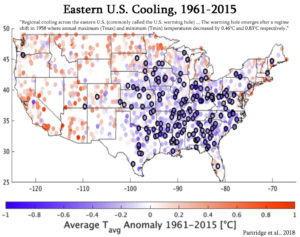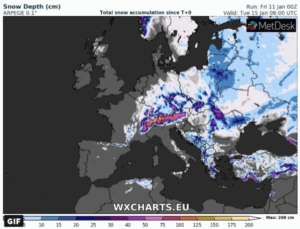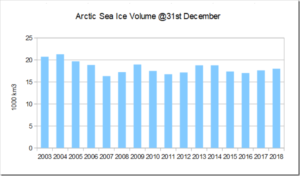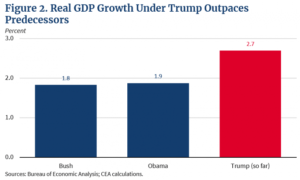by Charles the moderator, January 18, 2019 in WUWT
Climate change: How could artificial photosynthesis contribute to limiting global warming?
Scientists calculate areas needed for forestation and artificial photosynthesis.
After several years during which global emissions at least stagnated, they rose again somewhat in 2017 and 2018. Germany has also clearly missed its climate targets. In order to keep global warming below 2 degrees Celsius, only about 1100 gigatonnes of CO2 may be released into the atmosphere by 2050[1]. And In order to limit global warming to 1.5 degrees, only just under 400 gigatonnes of CO2 may be emitted worldwide. By 2050, emissions will have to fall to zero even. Currently, however, 42 gigatonnes of CO2 are added every year.
Almost all the various scenarios require “negative emissions”
…

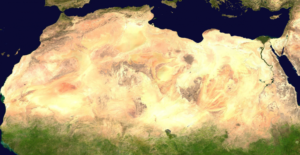
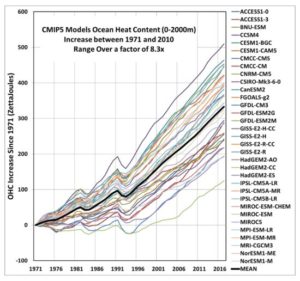
 .
.